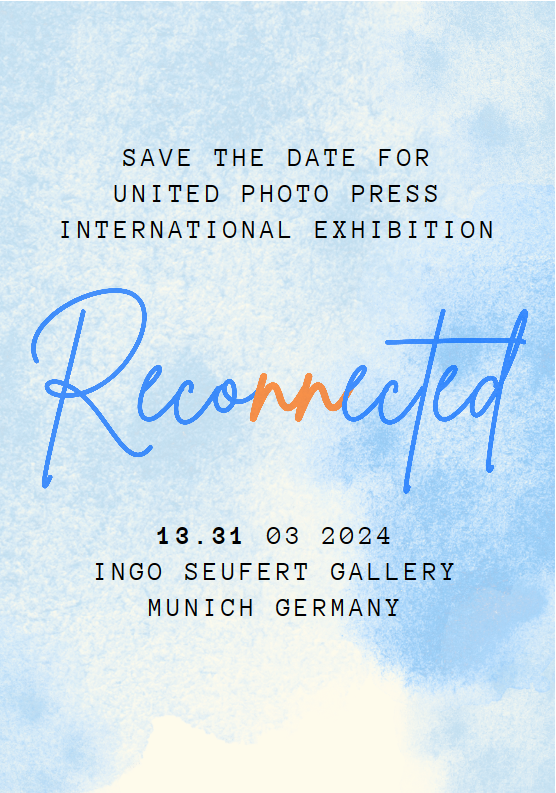Jose María ‘Pichu’ Torcida returns to the Audi MedCup Circuit at the helm of Iberdrola looking for the top prize in the new 40 Series. The renowned Cantabrian born skipper has an impressive track record in one-design racing, winner of the J80 world championships, as well as three MedCup Circuit seasons: 2006 as helmsman of Bribón, and 2007 and 2008 steering Tau Ceramica Andalucia. This year he makes his debut with the exciting new Soto 40 class.
Audi MedCup-How does it feel coming back to the circuit?
J.M.Torcida- "I'm happy to be back, it's something I was looking to do. This is a great Circuit because the level of the sailing is very high, and so is the on the water organization, which makes this a great competition".
AM- What does this Circuit mean for you?
JMT- "It helps you learn continuously, and also allows you remain in contact with the latest generations, most modern racing boats. You don't just have the chance to improve as a sailor, it also keeps you at forefront in step with technical advances".
AM- How did you get into the team?
JMT- "One thing for starters is that I meet the class rule restrictions regarding the helmsman (professionals are permitted as long as they have not sailed in the America’s Cup, Volvo Ocean Race or Olympics in the last ten years), so Agustín Zulueta called me at the end of last year, and we quickly reached an agreement. We studied the crew positions and potential very carefully, the training plan and it all went very easy. We could gather some of the sailors we had raced with before, and I had good references from the rest, so I feel very well supported with the strong team, on the water as well as ashore. I think we make a good team".
AM- Did you have good enough training?
JMT- "Well, you always want more, but for a boat as new as this and an also new class, we've had an ok traning period. Before going to Cascais we managed to put eight sailing days together, at three different stages, and luckily enough in very different wind conditions, so they were very fruitful. We focused on the fine tuning and the trimming, and also on the crew work. We've also worked hard on the onboard communication and also on the starts".
AM-Is it a risk to be the only boat in the fleet to use Quantum sails?
JMT- "Absolutely not. We have all their support and keep a close collaboration. We've developed new sail designs together, starting from the sails that allowed Negra to finish second in the last South American Circuit. We've changed the mainsail quite a bit, in order to adapt it better to the new mast; the genoas are almost the same, whereas the assymetrics have changed a bit their shape".
AM-What do you think about the boat?
JMT-"I think they chose the right concept. The size is nice, the class rule is very strict and the price is affordable. I think it's got a great future".
AM-And how does it perform?
JMT-"It's quick and stable downwind, it makes no dramatic changes and it's easy to control. In strong winds you have to bring the weight to the back to prevent the bow from diving into the water, but it's not that it heads too much (note of the editor: ehem). Upwind it's quite neutral, and I'd like to have a bit more feel on the helm. Getting to know it better I'm sure just a small adjustment of the trim of the mast or sails will get us that feel that I personally prefer".
AM- Is this a step forward in your experience of racing one designs?
JMT- "It is, without any doubt. On a one design you must work many small details that in handicap racing or box-rule boats don't seem that important. Here it comes down to fight every meter, step by step, thus gaining a couple of boat lengths. You must be able to find that difference with the work of the crew, either through the sail trimming, using the distribution of weight, or by handling the boat".




